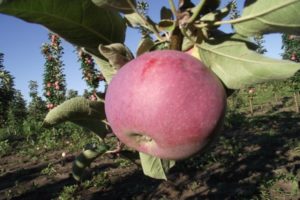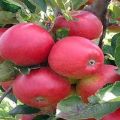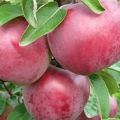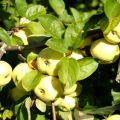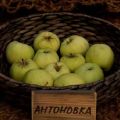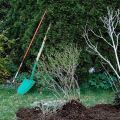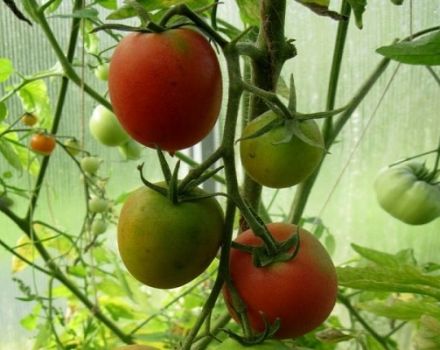Reasons why an apple tree can shed fruits before they ripen and what to do
During the fruiting period of apple trees, cases are likely when the crop crumbles before ripening. Having understood in a timely manner why the apple tree can shed its fruits before they ripen, it will be possible to take measures to preserve the harvest. Fruits falling to the ground from a great height are often damaged by impact, rot and cannot be stored for a long time due to the resulting defects.
Reasons for falling apples
Faced with the problem of early fall of fruits, it is necessary to understand the reasons why the tree drops apples. Having found out why the crop does not stay on the branches until the time of harvest, you will need to reconsider tree care in order to save the crop.
Increased yield
With an excessive amount of fruits on the branches, the apple tree is not able to withstand them and begins to dump on its own. The shedding occurs as a result of a process of natural selection, and the fruits remaining on the tree absorb all the nutrients and acquire high taste characteristics.
Lack of moisture
If a sufficient amount of moisture is not supplied to the roots, the self-preservation process is activated due to the premature discharge of the fruits. Even in non-arid areas, it is necessary to regularly check the soil moisture indicator and, if necessary, water it.
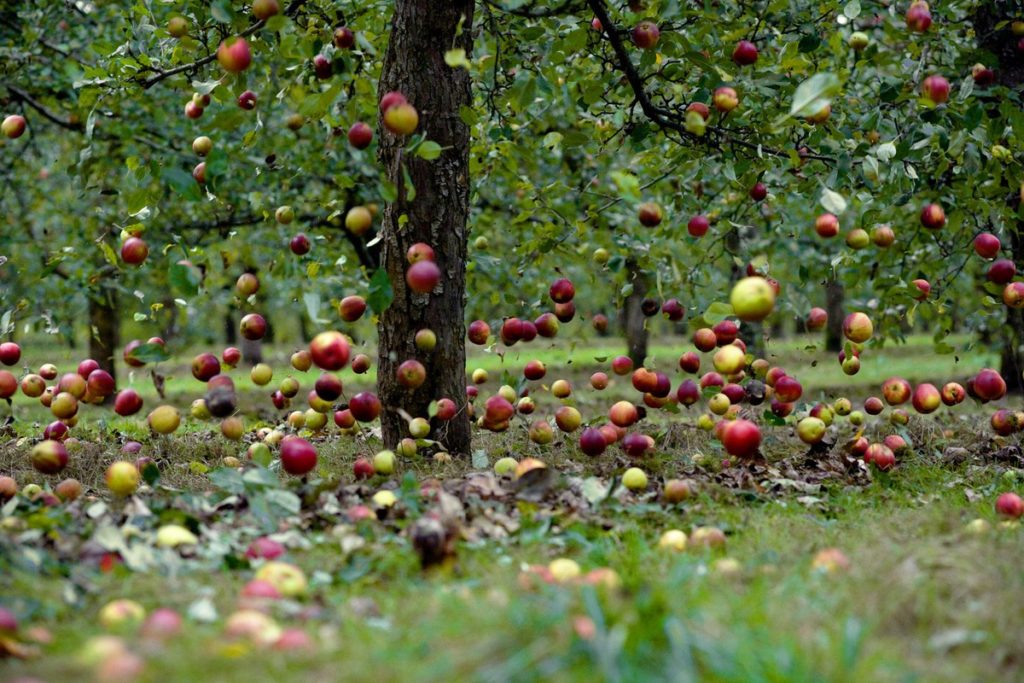
Lack of nutrients in the soil
The soil that is not saturated with nutrients leads to the fact that the branches of the trees weaken and do not hold heavy fruits. The need for nutrients in fruit trees exists throughout all stages of growth.
Excessive moisture
Frequent and abundant watering, as well as an excess of groundwater, provoke root rot and the formation of mold.
As a result of the excessive flow of liquid to the roots, the process of fruit setting slows down, and part of the crop crumbles due to a decrease in the plant's immunity.
Insect pests
Damage to the roots or the surface of the apple tree by harmful insects causes shedding and spoilage of the crop. Insects gnaw through branches, damage the trunk and prevent new shoots from forming.

Increased acidity of the soil
When planting an apple tree, it is necessary to take into account the physicochemical properties of the soil. Fruit trees are able to tolerate a slight acidity of the soil, but on soil with a high acidity index, the plant does not fully develop. Also, leached calcareous soils are not suitable for this crop.
Improper pollination
For the development and fruiting of some varieties of apple trees, pollination of the inflorescences is required. For this purpose, nearby it is required to grow herbs with a pronounced aroma or other varieties of trees that attract pollinating insects.

Falling foliage
Premature shedding of leaves disrupts the feeding process, weakens trees, slows down development and negatively affects fruiting. On apple trees with an insufficiently thickened crown, the fruits fall off due to low immunity and improper branch formation.
Falling fruit ovary
At the beginning of summer, the partial shedding of the ovary is a natural process, since the trees distribute their strength and get rid of the excess amount of fruit. If ovaries begin to shed at a different period or in large numbers, the likely cause may be improper crown pruning, exposure to frost, or damage from direct exposure to ultraviolet rays.

Falling apple flowers
A small number of inflorescences on an apple tree directly affects the future harvest. Falling flowers due to unfavorable weather conditions or an inappropriate location leads to early shedding of the fruits before they ripen.
Late return frosts
Return frosts and abrupt changes in weather negatively affect the development of fruit trees. Frozen fruits and branches of apple trees lose their immunity, as a result of which the harvest falls.
Technical ripeness of fruits
The technical ripeness of the apples suggests that they have gained the necessary mass and outwardly look ready for picking, but inside are not fully ripe. On some tree varieties, technically ripe fruits fall off due to their high weight.

Fruit preservation measures
When a question arises about what to do to preserve the quality and quantity of the crop, you will need to take a set of protective measures. It is necessary to take into account the cause of shedding of fruits, the current state of the plantings and the surrounding conditions.
Timely watering
For active growth and proper development of trees, it is enough to provide three watering times. The soil should be moistened to a depth of more than 80 cm. Primary watering is carried out in late spring before the beginning of flowering, the next - at the end of June when the ovaries form and the final one - before the onset of the first frost. Under the condition of dry weather, additional watering is required during the period of intensive fruit ripening, as well as during a prolonged autumn, so that the apple trees are not dehydrated during the winter.

Fertilizing and feeding
Fertilizing and fertilizing is a prerequisite for fruiting apple trees. To avoid early shedding of fruits, the following rules must be observed:
- The first feeding is carried out in the spring. During this period, nitrogenous fertilizers are applied under the roots of plants, which activate the growing process.
- During flowering, flavors are added in a diluted form. In rainy weather, use dry products.
- After flowering, treatment with nitrophos or organic fertilizers is required. Under each seedling, about 3 buckets of top dressing are applied.
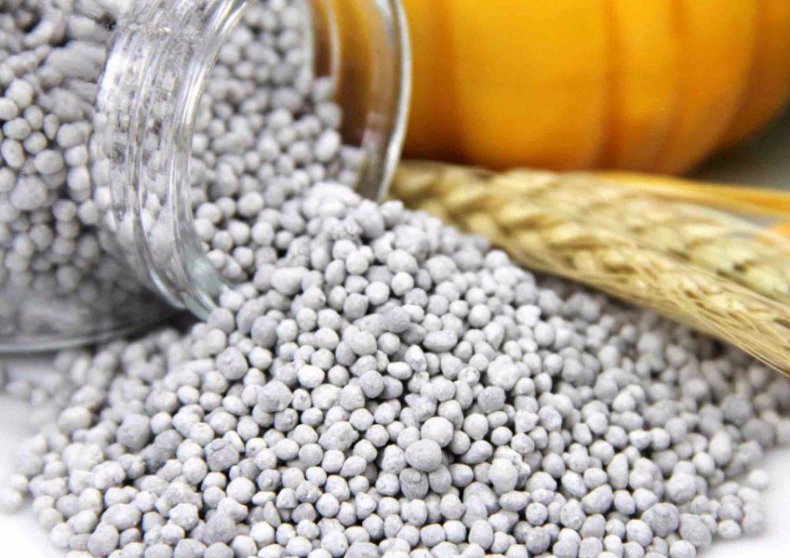
Pest control
Harmful insects not only lead to premature shedding of fruits, but also infect the trunk, roots and foliage of seedlings. To destroy and scare off various types of insects, individual methods of control are required.
Apple moth
The most common pest apple tree is a moth... Externally similar to butterflies, pests gnaw through the pulp of the fruit and settle inside them. Due to the impact of the moth, the apples fall off and begin to rot, as insects remain inside and continue to destroy the pulp. To eliminate the moth, it is required to spray the plants with organophosphorus compounds, pheromones, neonicotinoids and other preparations from the insecticidal category.
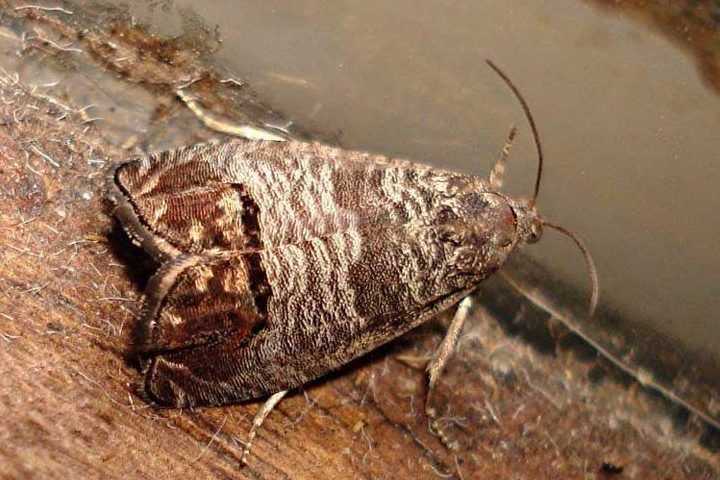
Aphid
Different types of aphids, when the apple tree is affected, suck juice from the foliage, gnaw through young shoots and leave secretions that attract flies, ants and other insects. After exposure to aphids, the foliage turns yellow and falls off, the tree becomes more vulnerable to infections, and the yield is significantly reduced.
It is necessary to combat the spread of aphids in early spring, when the leaves are just beginning to bloom.
Insecticides and chemicals are suitable for eliminating the pest. When spraying plants for protective purposes, it is important to take into account that repellents act for a long time and pose a danger to the pollinators of the inflorescences.
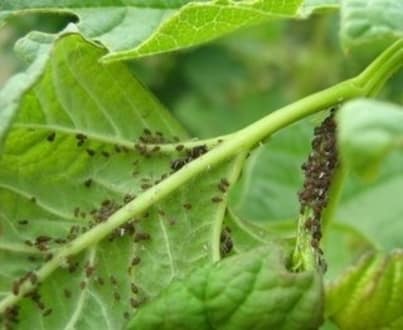
Mites
Spider mites feed on plant sap, as a result of which apple trees lose a significant part of their foliage and slow down in development. The defeat of trees by ticks leads to the loss of fruits, a decrease in yield, a deterioration in the plant's immunity and its susceptibility to infections and viruses.
To prevent the spread of the tick, it is necessary to regularly inspect the plants and take preventive measures. Chemicals are used to eliminate pests. It is recommended to do no more than two sprays per season.
Apple moth
In case of damage to fruit trees apple moth the process of natural development stops, and the ovaries actively fall off. Untimely insect control leads to severe damage to the ground part of the plants, a decrease in yield and foliage. As a result, plantings become vulnerable and may die with further frosts or the development of diseases.
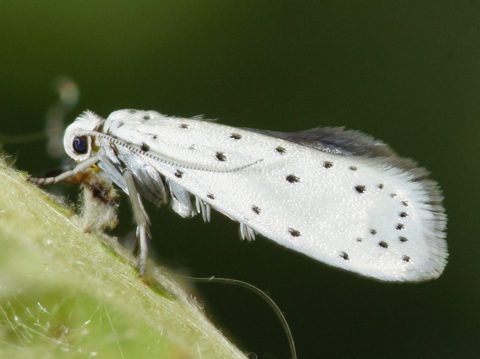
Treatment with deterrent solutions should be carried out in early May, when the moth is most susceptible to chemicals. To prevent insects from moving to healthy trees, it is necessary to carry out complex processing.
Leaf roll
Despite their compact size, leaf rollers can damage the buds, foliage and fruits of trees. With a large-scale invasion, pests can damage a significant part of the crop. In order for insect control to be most effective, you should start eliminating the consequences at an early stage. For protection, not only apple trees should be treated, but also plants growing in the neighborhood. Leafworm larvae are able to move to nearby shrubs and continue to spread the infection.
The leafworm is repelled by insecticidal and chemical preparations, including Kinmix, Inta-Vir, Avant and others.
Apple flower beetle
Mass attacks of the flower beetle can completely destroy the buds and deprive the gardener of the harvest. The flower beetles live under the bark and in fallen leaves, activating at the time of bud opening. In order to detect pests in a timely manner, it is necessary to visually inspect the apple trees with the onset of the first warming.

The primary measure to combat the flower beetle is to clean the trunk and knots from obsolete bark. After that, treatment with deterrent drugs is required, including "Karbofos", "Fufanon" or "Inta-Ts-M". During the growing season, double spraying is carried out.
Soil deacidification
If the seedling is grown in an area with a high acidity index, and there is no possibility of replanting it, it is required to deacidify the land. To perform this procedure, lime, chalk or dolomite flour should be added to the soil.Substances are able to saturate the soil with nutrients and reduce the acidity level.

You can also purchase a deoxidizer in specialized stores. To test the acidity of the earth, use litmus strips with indicators.
Preservation of unripe fruits
When unripe fruits fall from the apple trees, you can save them for further artificial ripening. So that the crop does not deteriorate, it should be laid out in wooden boxes and left in a dark room at a temperature of 10-15 degrees. It is recommended to periodically examine the fruits in order to sift them from healthy apples in case of rotting of some specimens.
The right choice of apple varieties
Depending on the type of soil on the site, weather conditions and other factors, it is necessary to select the appropriate variety of fruit tree... To get the maximum yield and prevent premature abscission, you should study the characteristics of different types of apple trees. Choosing the right variety and ensuring the right care is the key to a stable harvest.
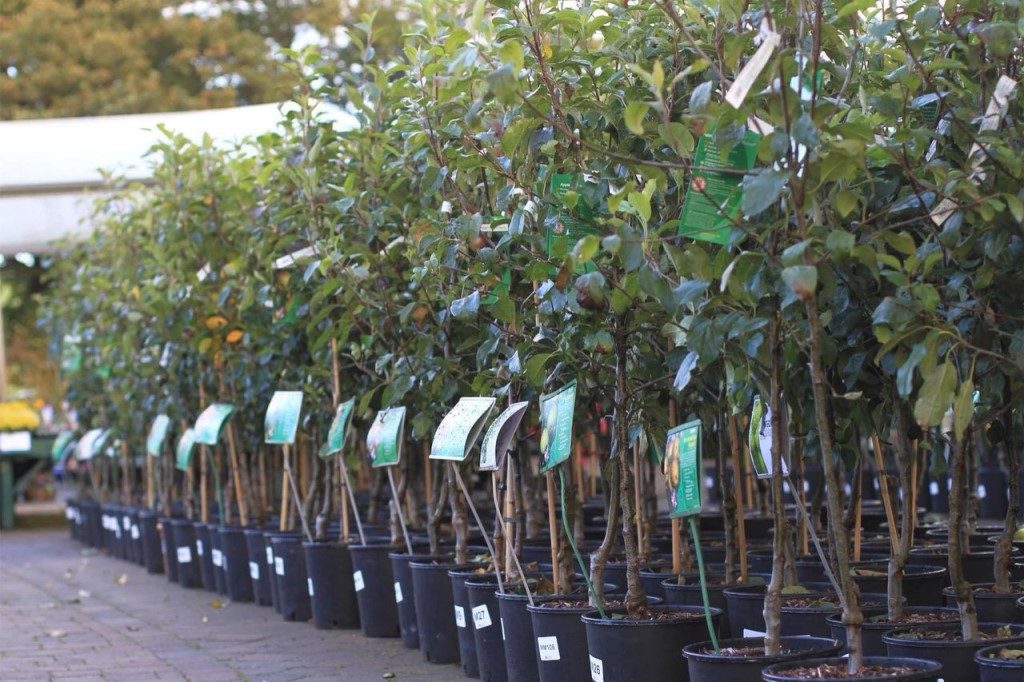
Timely pruning
Fruits need constant access to oxygen and natural light. An overly thickened crown creates obstacles for the sun and airing of the ground part of the plant. It is recommended to prune the plantings in early spring so that the apple tree has time to adapt during the hot period.
Whitewashing of trunks
In order for the apple tree to take root on the site and develop actively, it is required to provide full care. One of the conditions of care is the whitewashing of the trunks. As a general rule, the procedure should be performed twice a year.
Spring whitewashing is carried out to protect the trunk from exposure to ultraviolet rays. The trunk is the most vulnerable spot, therefore it should be protected from sunburn and other damage. The autumn procedure is necessary to destroy the pests that live inside the bark. So that insects do not remain under the bark for the winter, substances that destroy pest larvae are added to the whitewashing solution.

